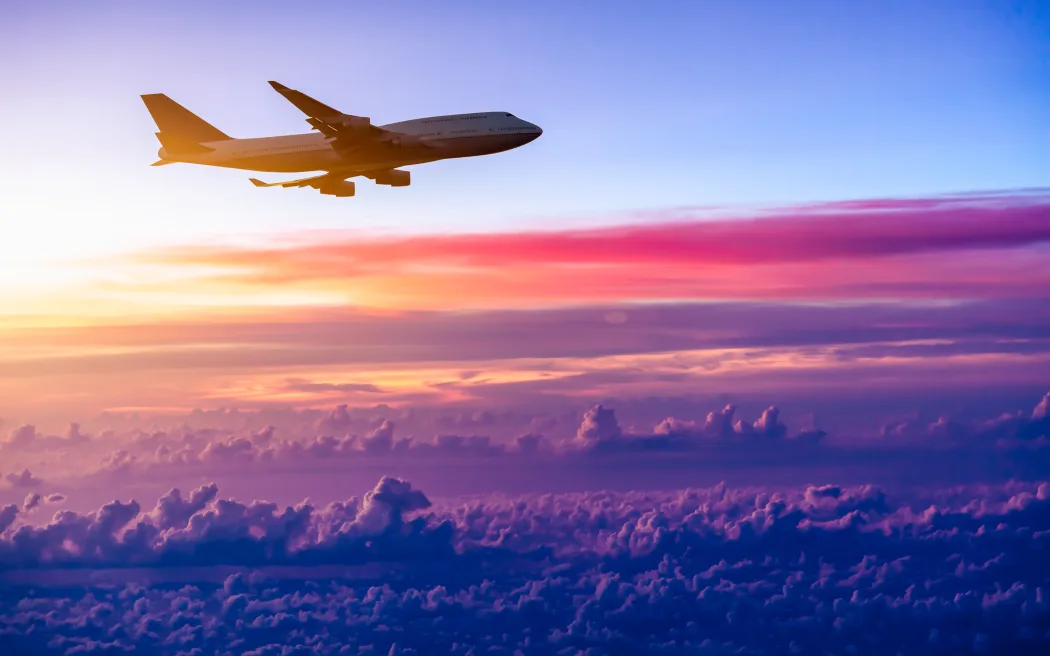In the vast world of aviation, various types of flights cater to different needs and preferences of travelers. One such type is the nonstop flight, offering unparalleled convenience by eliminating the need for stopovers between the origin and destination. In this article, we delve into the essence of nonstop flights, discussing their characteristics, notable examples, and the factors influencing their popularity.
Understanding Nonstop Flights
A nonstop flight is a direct flight that proceeds from the departure point to the destination without any layovers or intermediate stops. It provides passengers with a seamless travel experience, allowing them to board the plane and arrive directly at their intended destination without interruptions. However, this convenience often comes at a premium, as nonstop flights tend to be more expensive compared to flights with layovers.
The Longest Nonstop Flight
Among the myriad of nonstop flights worldwide, one stands out as the epitome of endurance and connectivity: Singapore Airlines‘ nonstop flight from Singapore to New York. This intercontinental journey spans over 15,000 kilometers and lasts approximately 17.5 hours, making it the longest nonstop flight globally. Equipped with specialized features to enhance passenger comfort during the extended flight duration, this route exemplifies the capabilities of modern aviation technology.
Nonstop Flight Duration
While commercial passenger jets typically cannot sustain nonstop flights exceeding 28 hours due to fuel limitations, specialized aircraft such as military planes or Air Force One can achieve extended flight durations through in-flight refueling. This capability enables them to traverse vast distances without the need for layovers, ensuring uninterrupted travel for crucial missions or diplomatic engagements.
Nonstop vs. Direct Flights
It’s essential to distinguish between nonstop and direct flights to avoid confusion. While a nonstop flight proceeds directly from origin to destination without stops, a direct flight may involve layovers for purposes such as refueling or crew changes. Thus, all nonstop flights are direct flights, but not all direct flights are nonstop.
Legal Basis for Nonstop and Direct Flights
The legal framework governing nonstop and direct flights traces back to the Warsaw Convention of 1929, which regulates international air travel. While airlines are obligated to transport passengers to their designated destinations, they have the flexibility to determine flight routes and operational logistics. This may result in indirect routing or partner airline arrangements, which are permissible under existing regulations.
Conclusion
Nonstop flights represent the pinnacle of convenience and efficiency in air travel, offering passengers a direct route to their destinations without layovers or interruptions. While they may incur higher costs, the time-saving benefits and seamless experience make them a preferred choice for discerning travelers seeking optimal comfort and convenience.

